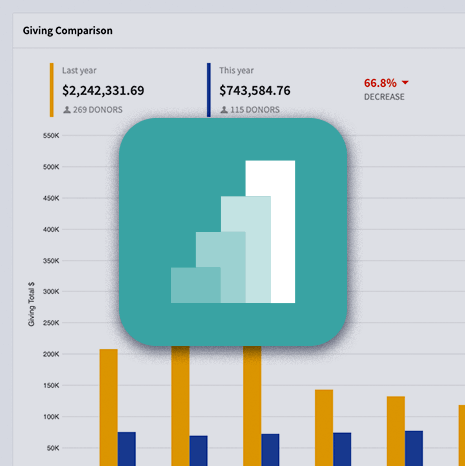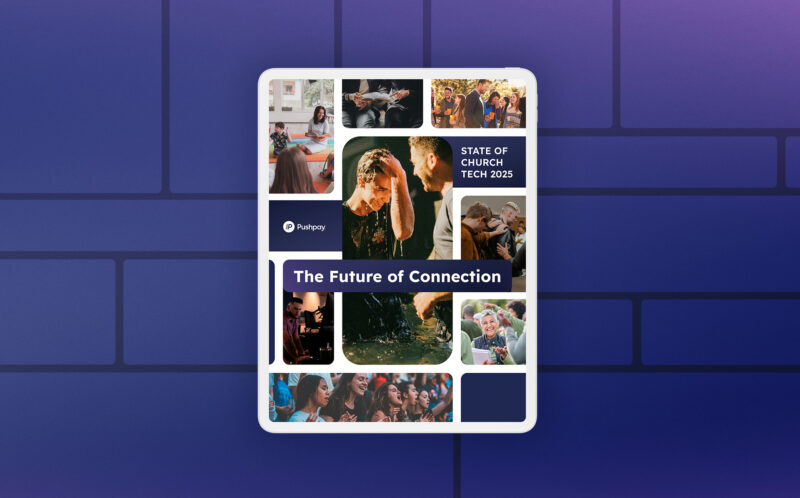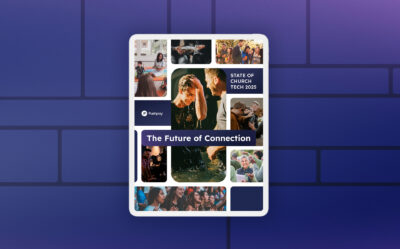
Technology is changing everything, from how we shop to how we communicate. The church is no exception. While the main goals of your ministry likely haven’t changed, the ways churches engage, organize, and grow are evolving.
Many church leaders find themselves stretched thin, juggling administrative duties, event planning, outreach efforts, and sermon preparation. AI is emerging as a tool that can lighten the load, giving pastors and administrators more time to focus on what matters most: people.
This blog explores how AI can serve churches, from automating routine tasks to strengthening member engagement. We’ll break down where AI fits in ministry, how to assess if it’s right for your church, and practical steps for implementation.
Understanding AI for churches
From filtering spam in your inbox to suggesting worship music on streaming apps, AI is quietly working behind the scenes. Even in ministry, it can be a powerful tool for streamlining tasks and enhancing outreach.
For churches, AI can handle time-consuming administrative work, provide data-driven insights for better decision-making, and personalize communication to keep members engaged. But it’s not here to replace human connection. It’s here to support it.
Imagine a chatbot that answers common questions like service times or location details, allowing church staff to focus on deeper conversations. AI can serve as an assistant, taking care of routine tasks so ministry teams can do what they do best.
Identifying church needs for AI
Not every church needs AI, but many can benefit. The key is identifying areas where AI could make a meaningful impact.
Ask yourself:
- Where is our team spending hours on repetitive work?
- What tasks take away from ministry and personal interaction?
- Are there communication gaps with our congregation?
A common scenario: A church office spends hours each week manually responding to inquiries about service times, events, or volunteer opportunities. An AI-powered chatbot could handle these basic questions.
Churches can start small by pinpointing one or two areas where automation could save time and improve efficiency.








